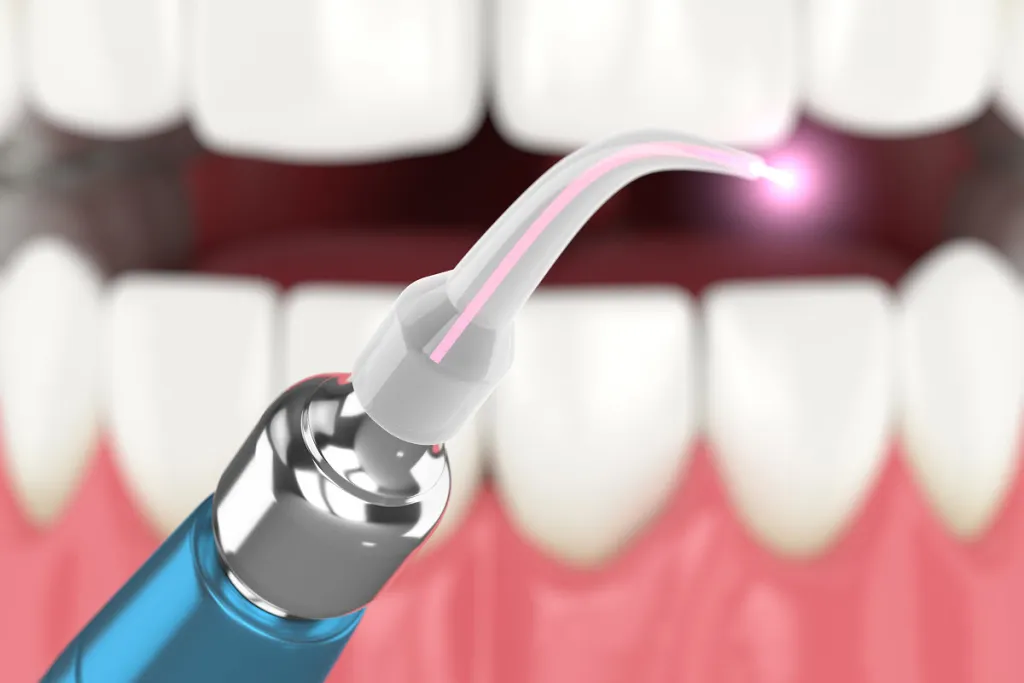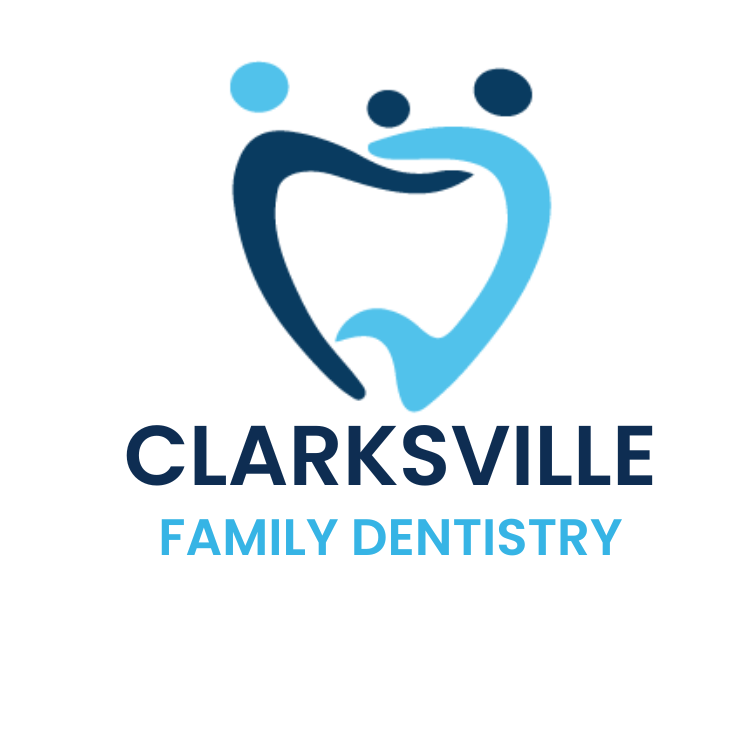
How Lasers Are Transforming Restorative Dentistry
Since their introduction into clinical dental practices in 1989, lasers have reshaped the landscape of dentistry, offering a novel approach to various dental procedures involving both hard and soft tissues. If you’re considering dental laser treatment, here’s a comprehensive look at how lasers are revolutionizing restorative dentistry.
Understanding Laser Dentistry:
Laser dentistry harnesses the power of Light Amplification by the Stimulated Emission of Radiation (LASER). In this innovative approach, laser devices emit highly concentrated light energy, which, when directed at target tissues, induces reactions facilitating tissue shaping or removal. Whether used for surgical procedures or teeth whitening, lasers function by delivering light energy in focused beams.
Safety Considerations:
Safety remains a paramount concern for individuals contemplating laser treatment. While lasers sold in the United States are FDA-approved, it’s essential to note that no laser treatment carries the American Dental Association’s (ADA) Seal of Acceptance. Nonetheless, the ADA expresses cautious optimism regarding laser technology’s role in dentistry, emphasizing dentists’ specialized training in operating laser devices for specific procedures.
Applications in Restorative Dentistry:
The versatility of laser dentistry extends to various oral health issues, encompassing a spectrum of procedures such as:
- Gum tissue reshaping
- Removal of tissue around exposed wisdom teeth
- Extraction of inflamed gum tissue
- Enamel recontouring
- Release of muscle attachments restricting tongue or lip movement
- Repair of worn-down fillings and tooth enamel
- Enhancement of in-office tooth whitening procedures
Pros and Cons of Laser Dentistry:
While hailed as a breakthrough in dental care, laser dentistry presents both advantages and limitations:
Pros:
- Quieter and potentially more comfortable than traditional drills
- Reduced pain and anxiety during procedures
- Promotion of healthier teeth and gums
- Minimized bleeding and swelling during soft tissue treatments
Cons:
- Limited applicability on teeth with existing fillings
- May not entirely obviate the need for anesthesia
- Potentially higher costs compared to traditional treatments
- Inapplicable in certain common procedures like filling cavities between teeth
In Conclusion:
While lasers won’t supplant traditional dentistry entirely, their integration has significantly broadened the treatment repertoire available to dentists and patients alike. For inquiries about laser applications in restorative dentistry, consult your dentist to explore this innovative frontier further.
